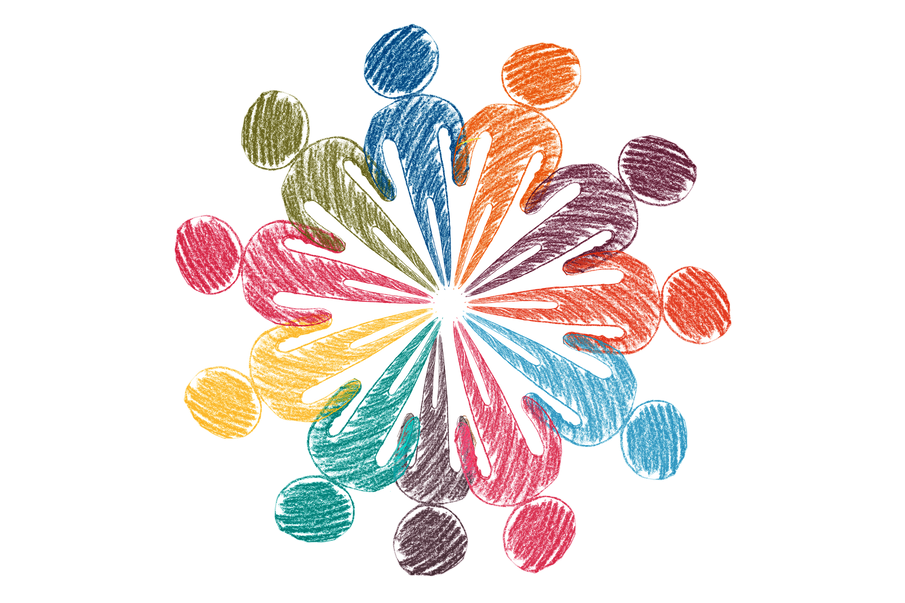Types of Sprint Retrospectives
Recently I wrote a blog post about Scrum and the misuse of retrospectives. This led to a conversation with someone about different types of retrospectives, a topic I’ve been researching myself recently.
Rather than just writing a blog post about the different ways a retrospective can be run, I thought I’d do one linking to some resources I’ve found informative.
# PANCAKE Retrospective
This retrospective has the best name of all of them. Unfortunately, it doesn’t involve any pancakes, but I’m trying to think of a way to change that (assuming I’m allowed to make pancakes in one of our meeting rooms).
The basic premise of a PANCAKE retrospective is that there are 7 categories used:
- Puzzles
- Appreciations
- News
- Challenges
- Aspirations
- Knowledge
- Endorsements
This retrospective is well suited for distributed teams as it encourages the sharing of news (truths, gossip, rumours etc.) that may not have been distributed throughout the whole team.
For more detail about PANCAKE retrospectives check out How to Run a PANCAKE Retrospective or watch the video below.
How to run a PANCAKE retrospective from Agile at Work: Getting Better with Agile Retrospectives by Doug Rose
FireFox's Enhanced Tracking Protection will prevent LinkedIn Learning videos from displaying inline. You may need to disable this feature for this site to view the video.
# Starfish Retrospective
The Starfish retrospective starts with a picture of a starfish. Maybe you could start with Patrick, maybe a marine invertebrate, or maybe just 5 lines radiating from a central point. The segments are labelled “start doing”, "more of’, “keep doing”, “less of”, and “stop doing”.
These segments are used to draw ideas from the team and can then be discussed and assessed to form action items.
Check out this LinkedIn Learning video for more information.
How to use the starfish diagram from Agile at Work: Getting Better with Agile Retrospectives by Doug Rose
FireFox's Enhanced Tracking Protection will prevent LinkedIn Learning videos from displaying inline. You may need to disable this feature for this site to view the video.
# Start Stop Continue Retrospective
The Starfish retrospective leads nicely into the next one, the Start, Stop, Continue retrospective. With a board divided into 3 columns, each team member writes a number of items for each of the 3 columns. After an appropriate timebox all items are placed on the board, grouped and then discussed.
This type of retrospective can be useful to get a team to focus on the changes they can make in the following sprint and to aim for a few small improvements rather than moonshots.
Check out Start, Stop, Continue.
# Mad Sad Glad
The Mad, Sad, Glad retrospective also has three columns, so it seems like a good on to move on to.
Getting the team to focus on the completing sprint, they write down the things that impeded them (made them mad), things that upset them (made them sad), and things that were positive (made them glad).
These issues are then used as a building block for the actions to be undertaken in the next sprint.
Have a look at Retrospective classic: Mad Sad Glad for some more detail.
# Sailboat Retrospective
This retrospective has just two items; anchors and wind. Anchors are the items that are slowing or dragging on the team, while Wind are items that are propelling the team or making them perform better.
Using the items from the two sections the team can identify actions to reduce the impediments and increase the positive drivers.
Sailboat has more detail about this type of retrospective.
# Four Ls
The Four Ls retrospective has sections for Liked, Learned, Lacked and Longed for. Once the items are listed and grouped then the team works out actions to be taken to improve the Lacked and Longed for items, actions to maintain the Liked items, and share the items that were Learned.
There’s some more detail at The 4L’s: A Retrospective Technique.
# WRAP and FLAP
Both the WRAP and FLAP retrospectives have sections for Appreciations. Appreciations is a chance to reflect on things the team is proud of.
WRAP is short for Wishes, Risks, Appreciations and Puzzles. Most of these are fairly straight forward or have been covered earlier in this article.
FLAP stands for Future considerations, Lessons learned, Accomplishments and Problem areas. As well as the ones that have been covered earlier in this article (Lessons, Accomplishments and Problems), this retrospective has a section for Future considerations. These can be both positive and negative potential items that the team should be aware of.
Why not have a look at WRAP, FLAP and Circle Celebration Retrospectives to find out more.
# DAKI Retrospective
DAKI is an acronym for Drop, Add, Keep, Improve. It’s quite similar to the Starfish retrospective, but groups the More and Less sections into Improve.
DAKI – drop, add, keep, improve has some more detail.
# Sprint Retrospective
Of course I can’t skip the standard Sprint retrospective. This retro has either 3 sections, I’ve seen various names for these, such as:
- What worked well? What could be improved? What will we commit to?
- Good, Bad, Actions
- Happy, Sad, Tasks
The general premise is that the team highlights the positives and negatives, then determines what they can do to improve the negatives and maintain the positives.
The Scrum Guide defines What is a Sprint Retrospective?.
# Others
There are many other ways to run a retrospective, including themed retrospectives (Star Wars?, Dungeons and Dragons? Weather? Seasons?).
Check out some of these resources for some more ideas:
